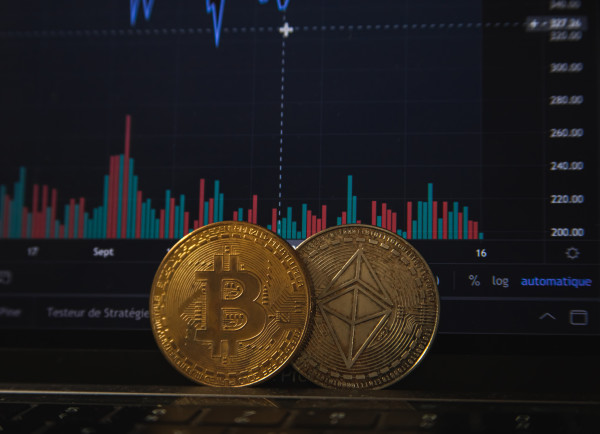

The UK Treasury has become the latest government agency to announce plans to regulate stablecoins, which are digital currencies designed to link to traditional and stabler currencies and commodities.
The reason these government agencies are giving stablecoins priority in the development of crypto regulation is their status as the cryptoassets that most relate to current economic models, being that their value is pegged to that of the traditional currencies, such as the pound and the dollar.
What makes stablecoins the obvious starting point for crypto regulation is that they are designed to minimise fluctuations in their value relative to a single currency or basket of currencies.
To this end, stablecoin issuers normally commit to holding a portfolio of “reserve assets” consisting of currencies or securities, under which stablecoins can be redeemed or traded.
Also, stablecoins are usually tied to a private blockchain, thus making it possible for the authorities to develop a permissioned system similar to a centralised one.
What has brought the attention of government agencies to stablecoins and the larger digital asset industry has been the commonly spoken buzzwords of anti-money laundering, know-your-customer, and security. Regulators often cite these as reasons to rein in crypto and other related decentralised finance instruments.
These are decisive steps towards the normalisation of cryptocurrencies and the financial instruments connected to them or, looking back, the gradual adaptation of traditional economic systems to the inevitable spread of these new asset classes that are therefore more and more in need of regulation.
The question then becomes whether a similar tact can be taken in the development of regulatory frameworks across other digital asset classes like cryptocurrencies and non-fungible tokens (NFTs).
The UK plans to issue its own NFT as an "emblem of the forward-looking approach" the country is taking toward cryptoassets.
The market has changed sufficiently for governments to look at regulating a broader set of crypto activities including the trading of assets like bitcoin, which, for now, are not mentioned in UK regulation.
The Financial Conduct Authority will consult on a world-leading regime for the rest of the crypto-market too, one that will facilitate safe and sustainable, and, hopefully, rapid innovation.
The UK tax implications of investments in decentralised finance instruments and cryptocurrency staking will also be studied.
Do stablecoins represent the most significant risk to the stability of the global financial system, as many regulators seem to believe?
I would say the financial system itself that the government is trying to impose on the crypto world is the greater threat to the stability of the decentralisation that crypto is trying to achieve.
There are arguments for and against on-chain governance, but it seems unlikely a central bank would want to cede full governance control of a national currency to a decentralised network, even if it could somehow verify that all of the network participants were honest and the span of control was limited.
Ultimately, it seems likely that a permissioned implementation of some description may prevail. However, central banks will need to solve privacy and security challenges without compromising on their need for compliance, control and performance.
Eloisa Marchesoni is a crypto and tokenomics speaker and influencer




